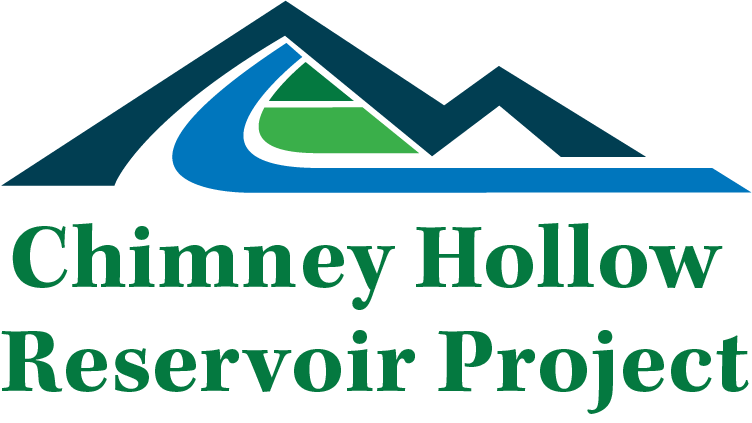Once complete the spillway will safely convey precipitation and runoff from storm events, up to the probable maximum flood (PMF), around the main dam embankment. The PMF storm event estimate for Chimney Hollow Reservoir’s dam is the first in Colorado to incorporate recently developed climate change impacts to ensure the dam remains safe in the future. This state-of-the-art design minimizes the risk of failure in the event of spillway operation. Because Chimney Hollow is an off-channel reservoir and not located on a major river system, the spillway is quite small relative to the size of the main dam. The spillway has a 10-foot-wide chute designed to accommodate a skid steer loader for inspections and maintenance. The length is approximately 3,600 feet and contains about 12,000 cubic yards of reinforced concrete, all produced on site.
Most of the spillway will be constructed below the existing ground surface to keep the spillway on a solid rock foundation and to maintain the aesthetics of the site.

